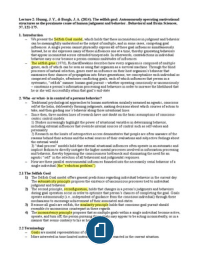Samenvatting
Summary Advanced Consumer Science Artikelen college's 2-8 and 11- 12 (Eng)
- Instelling
- Tilburg University (UVT)
De artikelen in deze samenvatting zijn: Lecture 2: Huang, J. Y., & Bargh, J. A. (2014). The selfish goal: Autonomously operating motivational structures as the proximate cause of human judgment and behavior . Lecture 2: Pham, M. T. (2013). The seven sins of consumer psychology. Journal of Consumer ...
[Meer zien]




